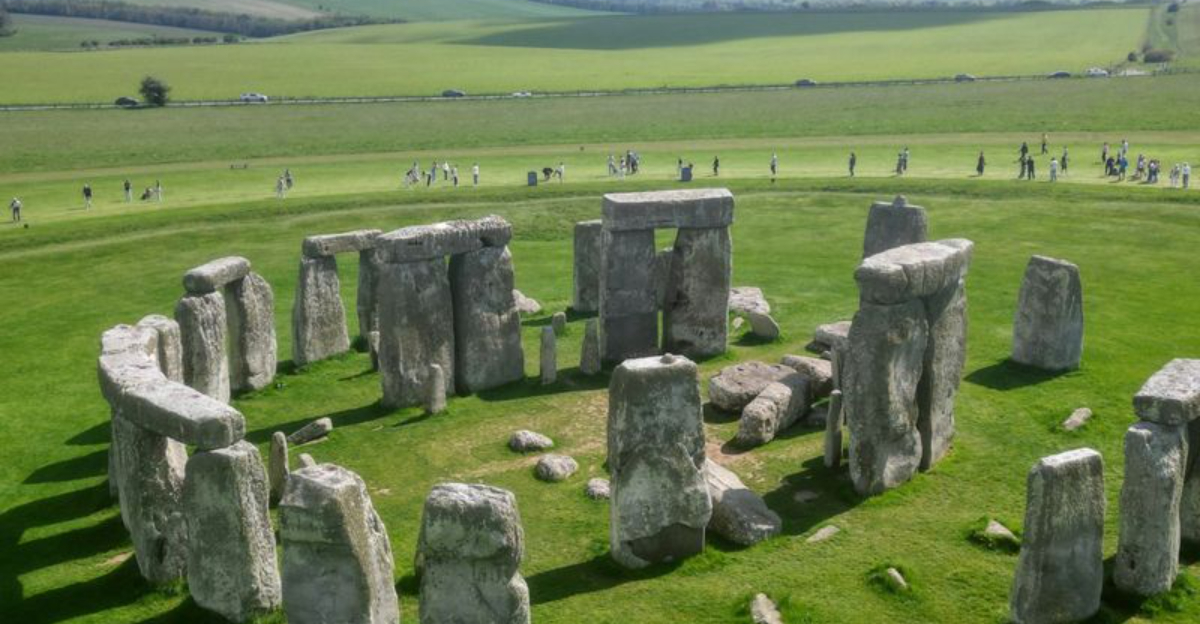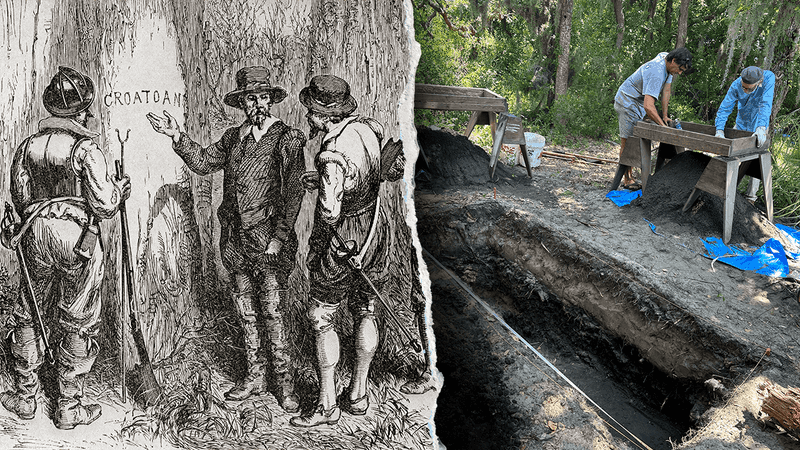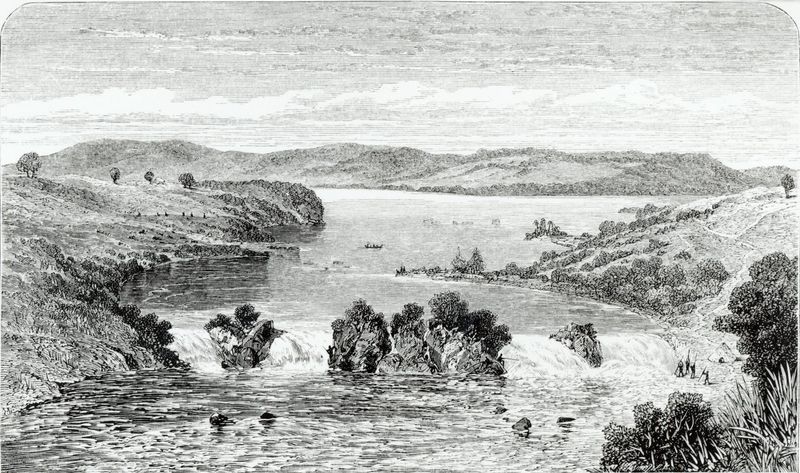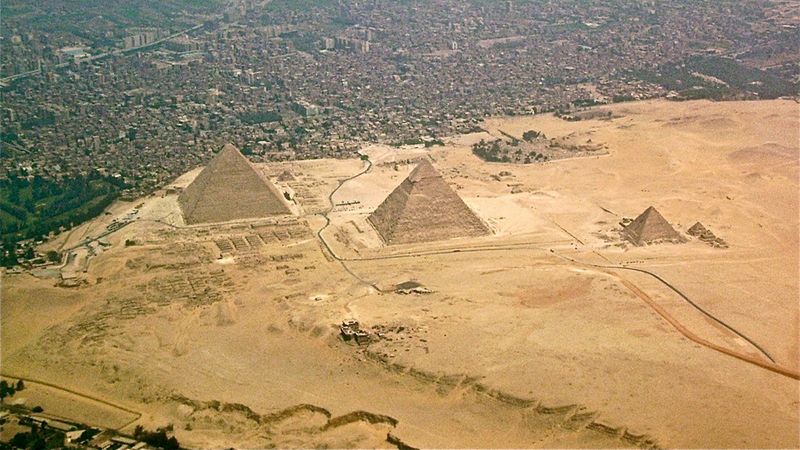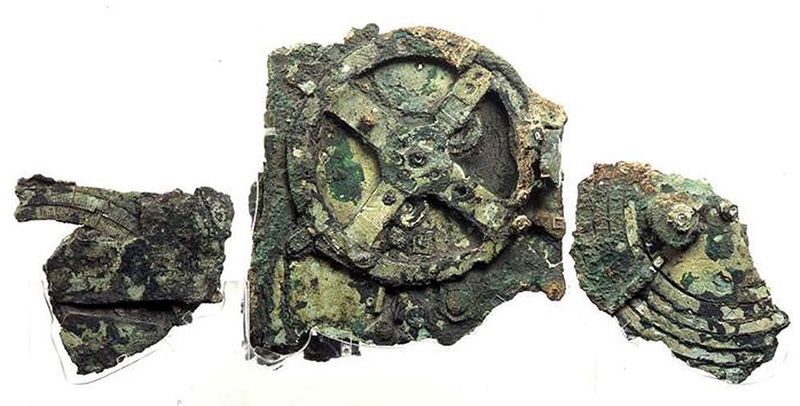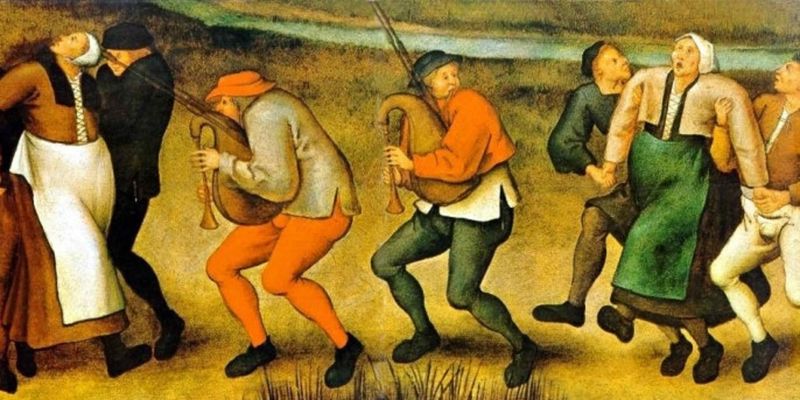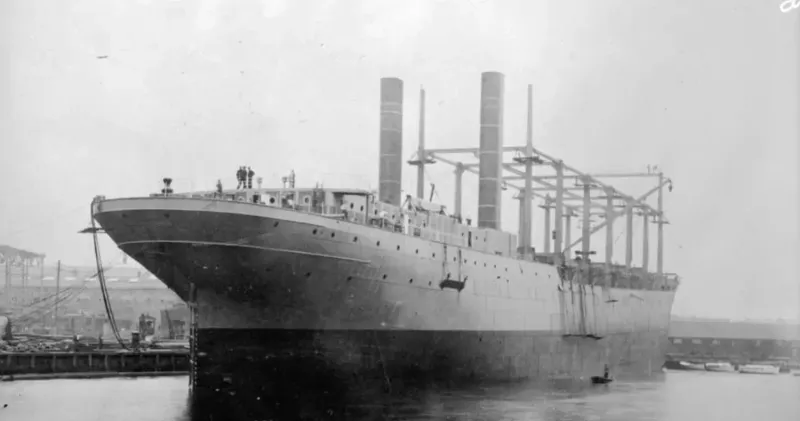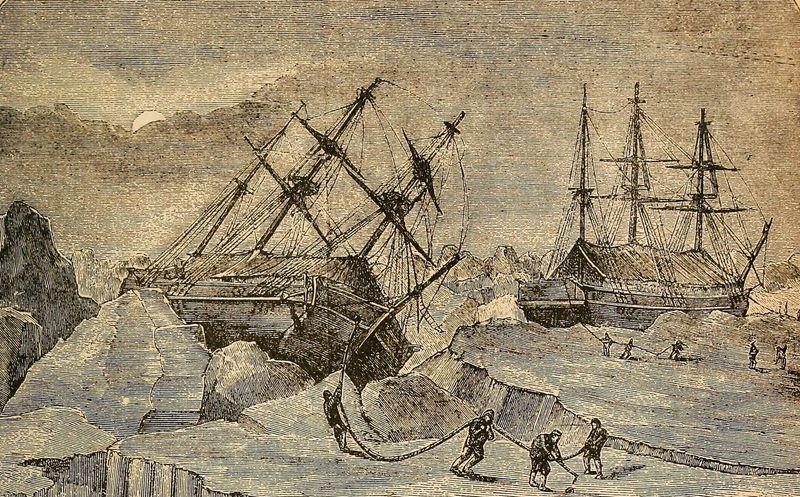For decades—sometimes centuries—these historical puzzles left scholars and amateur sleuths scratching their heads. But thanks to modern science, archaeology, and plain old perseverance, some of the most bewildering mysteries of the past have finally been cracked. Here are 12 baffling historical riddles that were, at long last, solved.
1. The Identity of Jack the Ripper
In the foggy streets of Victorian London, fear and intrigue shrouded the identity of Jack the Ripper. For over a century, theories abounded, but certainty remained elusive. The breakthrough came in 2019, when advanced DNA analysis of a crime scene shawl pointed to Aaron Kosminski, a Polish barber. Long suspected, this revelation inches closer to truth, although some debate persists. The shadowy figure who haunted Whitechapel now has a face, yet the haunting allure of the mystery endures. As science advances, even the darkest secrets of history may eventually see the light.
2. What Happened to the Lost Roanoke Colony
The disappearance of the Roanoke Colony has captivated historians for centuries. In the late 1580s, over 100 settlers vanished, leaving only the cryptic word “CROATOAN” carved into a tree. Recent archaeological discoveries offer new insights, suggesting assimilation with Native American tribes, particularly the Croatan people. This theory replaces the notion of a mysterious demise. Artifacts found in the area bolster this narrative, painting a picture of cultural integration rather than disappearance. The story of Roanoke is one of adaptation and survival, woven into the fabric of Native American history.
3. The Source of the Nile
The quest to find the source of the Nile fascinated explorers for millennia. It was a geographic riddle that confounded even ancient scholars. British explorer John Hanning Speke claimed victory in the mid-19th century by identifying Lake Victoria as the primary source. This discovery unlocked an enigma that had puzzled great minds from antiquity. Speke’s journey through uncharted territories marked a pivotal moment in exploration. His findings, though initially contested, are now accepted, providing a landmark in the understanding of Africa’s great river systems. The Nile’s origins, once a mystery, are now a celebrated chapter in exploration history.
4. How the Pyramids Were Built
The Great Pyramids of Egypt, shrouded in mystery, have sparked countless theories. Were they built by aliens or with antigravity technology? In 2013, a discovery of ancient papyri detailing logistics provided clarity. Massive limestone blocks were transported using boats and canals, showcasing the engineering brilliance of ancient Egyptians. This revelation dispels wild speculations and highlights human ingenuity. The pyramids stand as a testament to the awe-inspiring capabilities of a civilization that flourished millennia ago. Their construction, once an enigma, is now a fascinating story of resourcefulness and ambition.
5. The Secret of the Antikythera Mechanism
An ancient shipwreck yielded an artifact that baffled scientists for decades. The Antikythera Mechanism, discovered in 1901, resembled no ordinary relic. Was it a clock or compass? Recent studies unveiled its true purpose—an advanced analog computer from 100 BCE designed to predict astronomical events. This discovery reveals ancient Greek technology was remarkably sophisticated, far beyond previous assumptions. The mechanism’s complexity challenges modern understanding of history, hinting at lost knowledge. It serves as a reminder of human ingenuity’s timeless nature, raising questions about other potential forgotten technologies.
6. Who Betrayed Anne Frank?
Anne Frank’s diary, a poignant testament of hope, conceals a painful mystery—who betrayed her? For decades, historians pondered this question. In 2022, a cold-case team using AI and historical data identified Arnold van den Bergh, a Jewish notary, as a possible informant. Though controversial, this theory offers a somber resolution to a haunting enigma. The revelation stirs complex emotions, balancing the tragedy of betrayal with the broader context of survival under Nazi oppression. Anne’s story, powerful and enduring, continues to resonate, reminding us of the human cost of history’s darkest chapters.
7. The Cause of the Dancing Plague of 1518
In 1518, a bizarre phenomenon swept through Strasbourg—people danced uncontrollably, some to their deaths. The cause remained a mystery, sparking speculation of supernatural curses or poisoned bread. Modern historians have re-evaluated the event, attributing it to mass psychogenic illness. Triggered by extreme stress, famine, and superstition, the dancing plague is now understood as a psychological response to dire conditions. This reinterpretation shifts the narrative from mythical to psychological, offering insight into human behavior during crises. The dancing plague, peculiar and tragic, reflects the complex interplay of mind and society.
8. The Disappearance of the USS Cyclops
Amidst the mysteries of the Bermuda Triangle, the disappearance of USS Cyclops looms large. In 1918, the naval collier vanished with over 300 crew and passengers, fueling wild theories of paranormal activity or enemy submarines. Recent analysis points to mundane causes—structural failure and overloading. While less sensational, this explanation aligns with known maritime risks of the era. The enduring allure of the Bermuda Triangle lies in such tales of the unexplained. Yet, the USS Cyclops reminds us of the sea’s vast unpredictability, where even the most advanced vessels can encounter unforeseen perils.
9. The Truth Behind the “Green Children of Woolpit”
Medieval England’s folklore tells of two green-skinned children in Woolpit, speaking an unknown language. Long dismissed as myth, scholars now suggest they were Flemish refugees. Orphaned and malnourished, their green hue likely resulted from dietary deficiencies. This reinterpretation transforms a fantastical tale into a narrative of human displacement and survival. The story reflects the harsh realities of medieval life, where political turmoil often led to unexpected cultural encounters. The green children, once enigmatic figures, symbolize the blending of myth and history, revealing the layers beneath seemingly fantastical accounts.
10. What Happened to the Franklin Expedition
Sir John Franklin’s 1845 expedition, a quest for the Northwest Passage, ended in eerie silence. Both ships and their crews vanished, leaving a haunting mystery. Recent sonar discoveries located HMS Erebus and Terror, while forensic analysis revealed deaths from scurvy, hypothermia, and lead poisoning. These findings reframe the tragedy as one of human vulnerability in the face of nature’s harshness. The expedition’s failure underscores the perilous ambition of exploration. Franklin’s tale, once shrouded in the unknown, is now a poignant reminder of the Arctic’s unforgiving embrace, where dreams met icy realities.
11. The Identity of the Man in the Iron Mask
The Man in the Iron Mask, immortalized by literature, remains one of history’s intriguing enigmas. For over 30 years, this prisoner wore an iron mask, sparking legends of royal secrets. French archives and modern research suggest he was Eustache Dauger, a valet embroiled in political scandals. This revelation shifts the narrative from royal intrigue to the more mundane but equally compelling world of court politics. The story, layered with mystery and drama, highlights the power dynamics of 17th-century France. The masked man’s identity, now unveiled, concludes a tale filled with whispers and wonder.
12. The True Purpose of Stonehenge
Stonehenge, a marvel of ancient engineering, has long puzzled historians. Was it a temple, a burial site, or an observatory? Recent findings provide a new perspective. Stonehenge likely served multiple roles, including being a sacred site aligned with solstices. This multi-purpose usage highlights its spiritual, social, and ceremonial significance to Neolithic communities. Its stones whisper tales of ancient gatherings and celestial alignments. New research, grounded in archaeology, paints a vivid picture of this iconic monument. It was a center of pilgrimage, drawing people from afar. The enduring mystery of Stonehenge now unfolds with newfound clarity.
